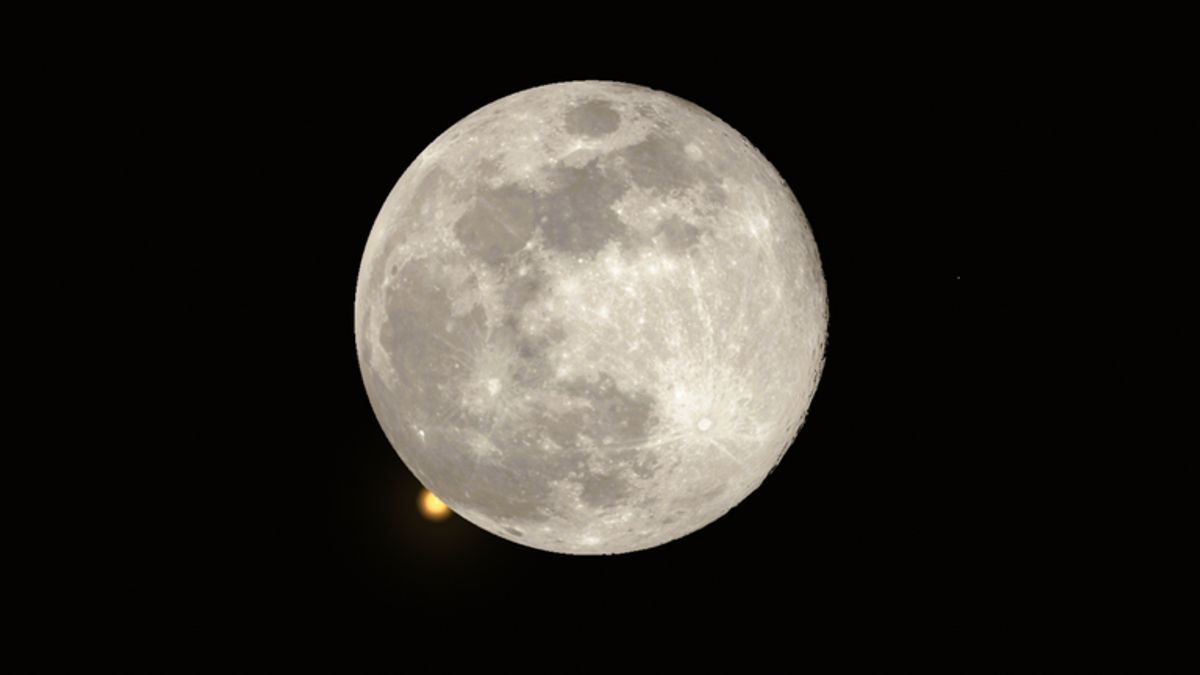JAKARTA Mars has retrograded, a planetary movement that has been seen back and forth from Earth's view since last December 7. According to NASA, this movement will continue until February 23.
This movement can be directly observed during the night sky or through supporting software. There are apps like Stellarium, also available in the web version, to explore Mars' position during the night sky.
The most interesting part of this setback is the phenomenon of occultation. Not only can the moon or sun experience this phenomenon. Usually, when Mars is in the retrograde phase, the red planet also experiences occultation.
Occultation is a state in which two objects look aligned from Earth. In other words, there is an astronomical object in front of another object. When this phenomenon occurs, the object behind will disappear because it is blocked by the object in front of it.
"This (ocultation phenomenon) can occur in planets and stars in our night sky, depending on the orbits of your objects and location on Earth, similar to eclipses," NASA said through its official website.
SEE ALSO:
According to the space agency's estimate, Mars will 'disappear' behind the Moon on January 13. This phenomenon will be clearly visible in several locations in the US during the night sky. Astronomers can monitor this incident using telescopes.
Small teropongs can also be used even though the Moon's display covering Mars will not be as good as it would be from the telescope. If you don't have both, people in the US can still see this phenomenon with the naked eye.
"Occultations will last for more than an hour in some US regions. You can use websites like the Stellarium Web or Astronomical League's 'Moon Occults Mars' chart to calculate the best time to witness this phenomenon," NASA explained.
The English, Chinese, Japanese, Arabic, and French versions are automatically generated by the AI. So there may still be inaccuracies in translating, please always see Indonesian as our main language. (system supported by DigitalSiber.id)


















